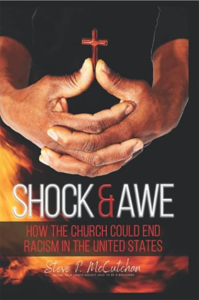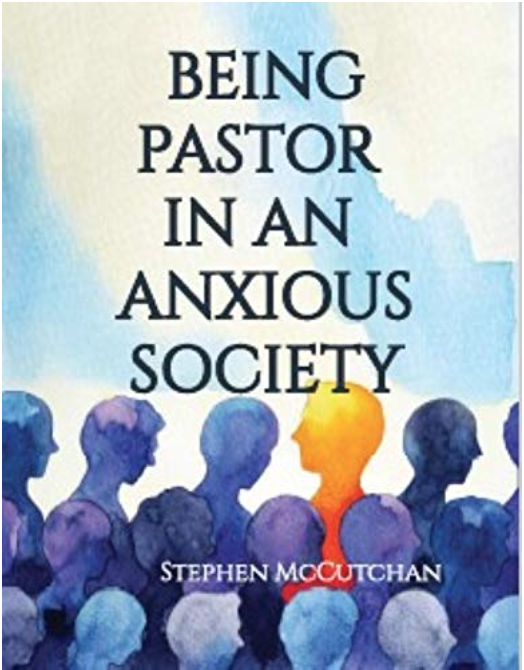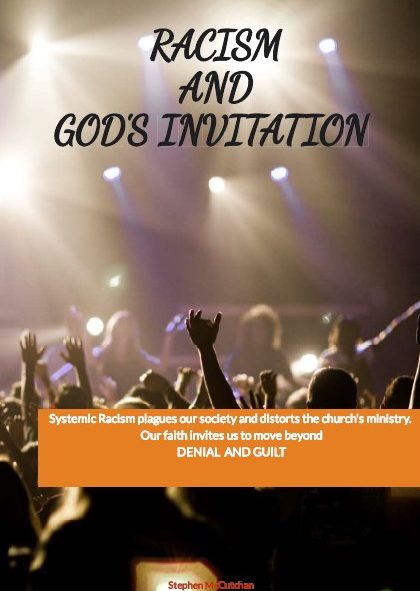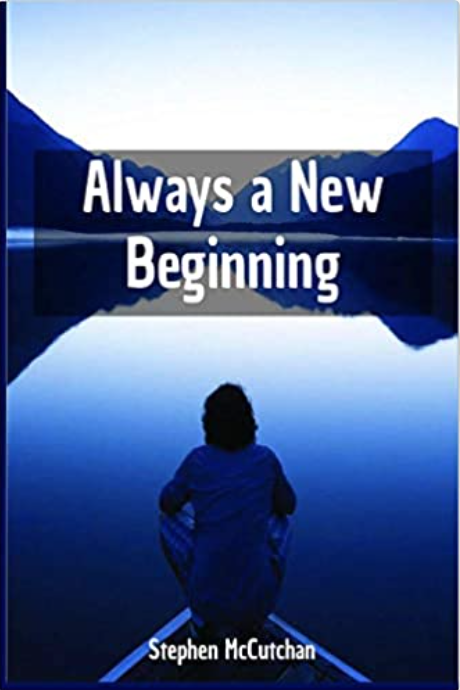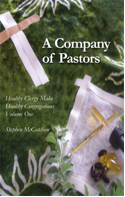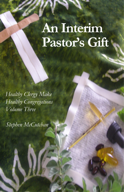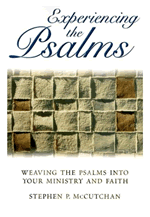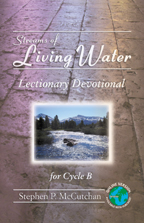WE ARE MORE THAN CLERGY
Recently my wife joined a local congregation,and someone asked me if I were going to join that congregation as well. I explained to them that as an ordained Presbyterian clergy, I could not join a specific congregation. By virtue of my ordination, my membership was with the presbytery. This often comes as a surprise to even members of Presbyterian churches. It is another version over the current debate over who owns the property of a Presbyterian congregation. The idea behind both positions, is that we are more than local congregations associated by our denominational name. We are part of a larger body and the ordained leaders belong to that larger body.
However, by the nature of our structure, we also make an effort to assure that when Presbytery meets, it is more than just clergy. All of our meetings in which decisions are made consist of an equal number of ordained clergy and ordained elders from the congregations. That theoretically creates a balance. However, the reality is that because the clergy attend regularly and the ruling elders often rotate from meeting to meeting, the clergy still feel more at home and the elders feel disconnected from each other. That same sense of disconnection is even more true of the staff of local congregations. My guess is that most secretaries/ administrators, musicians, and many educators feel very little connection with the presbytery.
BUILDING MORE COMMUNITY
Imagine the effect if the church administrators/office managers were connected with each other and saw themselves as part of a larger body. The same could be true for the musicians and educators. What could they learn from each other and how could they be of support.
In the same way that I suggested in the last blog, I think we could use our modern internet technology to build those sort of connections among the churches. Here are a few suggested steps that could be taken at the presbytery level.
- It would be important to talk to the clergy and explain that with their permission, you want to explore how, for example, the office managers and/or secretaries might find strength in being connected together. Assure them that this is not attempt to form a union but simply to build an awareness of the how they are connected.
- With that permission, you send an email to them explaining who you are and your purpose in contacting them. With each of their pastors’ permission, you are gathering some information about common challenges and benefits of working for the church.
- If they are willing, you would like them to respond by hitting reply and listing the top three reasons they like working for the church and one challenge of that position that they think very few members realize.
- Tell them that your intention is to collect the information and compose a common list without names listed of how people in their position experience the church.
- Each round of questions should be simple enough to be able to respond without a large expenditure of time and energy. The exchanges should be at least a month apart so as not to over tax the energy to respond.
- Additional rounds of questions might be things like:
- What are the challenges of being or not being a member of the church at which you work?
- What are the benefits or costs of being part of the same denomination?
- What are the benefits/challenges of working for a large or small church?
- What are three things you’d like church membership to know about your position?
- If you were consulting with another church about a similar position, what are two pieces of advice you’d like to give?
- You can develop further questions as the procedure develops.
- After each exchange, a summary of their responses should be fed back to participants. You may want to design a simple newsletter with an easily identifiable heading in which to share the summary of the responses after each exchange.
- After several months, you might want to explore the possibility of a luncheon gathering to further develop a sense of community.








